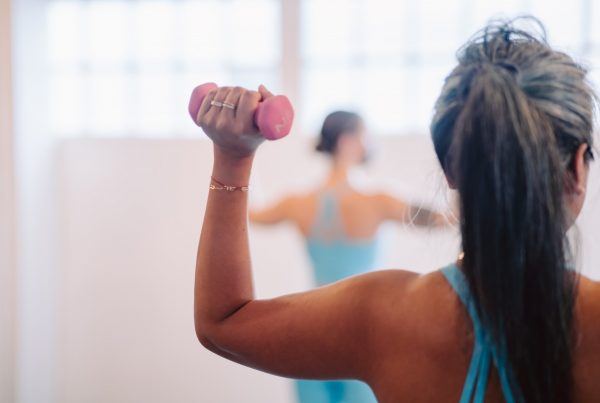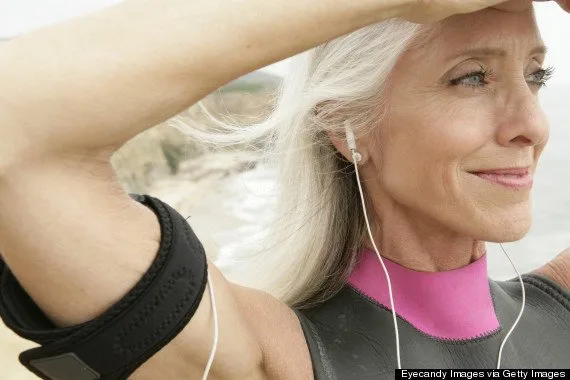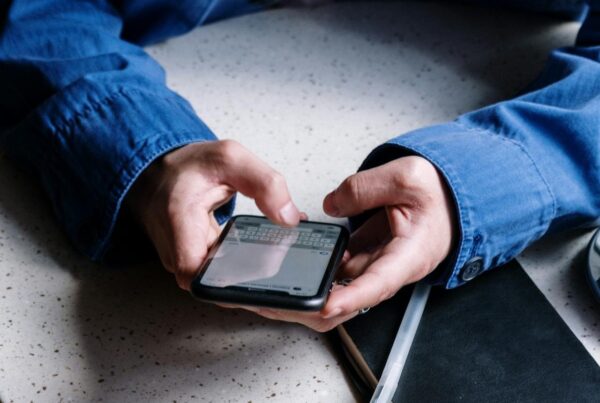Live stronger, thrive longer. This is the promise of a first-of-its-kind FDA-cleared drug-free prescription treatment – a precision vibration therapy wearable device that has just been cleared for global distribution. Osteoboost® is now available to treat millions at risk of low bone density and fractures from osteopenia.
The key highlights of this article
- Bone Health Technologies (BHT has announced that pre-orders are now open for Osteoboost. It is the first FDA-cleared prescription non-drug treatment for postmenopausal women with osteopenia.
- In this article we look at the key features of this new device and why it’s considered a breakthrough in bone health for those at risk of low bone density and osteopenia.
A device that addresses the risk of low bone density safely
An estimated 52 million Americans have osteopenia, the precursor to osteoporosis. Despite its prevalence and the fact that the majority of fractures occur in patients with osteopenia, few treatment options exist.
Current treatments are all lacking in effectiveness, patient compliance, or both. For patients with osteopenia, guidelines focus on diet and exercise.3-4 While calcium and vitamin D are necessary for bone health, but they are insufficient to significantly reduce fracture risk.
This is what makes Osteoboost so interesting. It’s the first FDA-cleared drug-free prescription treatment for osteopenia in postmenopausal women to date.
How the device works
Osteoboost is a prescription wearable medical device, worn low around the waist, that delivers targeted vibration therapy directly to the hips and spine – areas most at risk of debilitating osteoporotic fractures. Its unique and patented combination of dynamically calibrated frequency and amplitude has been proven in a pivotal clinical trial to reduce the loss of spinal bone density by 85% and bone strength by 83%.
“Osteoboost was developed as part of an overarching vision to provide people with a safe, convenient, and non-invasive solution to protect bone density and prevent fractures,” said Laura Yecies, CEO of Bone Health Technologies.
Non-invasive solution to protect bone density and prevent fractures
“This is an exciting milestone for our team and the thousands of people who have patiently waited as we have completed our clinical trial, successfully navigated the FDA clearance process, and begun manufacturing.”
A Safe and Effective Alternative for Bone Health
Osteoboost’s wearable design empowers people to proactively take control of their bone health, slowing the loss of bone density and buying valuable time. The lightweight, wearable device delivers mechanical stimulation that reinvigorates the body’s natural bone regeneration cycles.
In the clinical trial, patients cited the ease of use and comfort, comparing it to a massage, and found the treatment convenient to incorporate into normal daily activities. These include activities like walking the dog or doing household chores.
The Science of Vibration Therapy
Osteoboost’s vibration therapy technology is based on a pivotal clinical trial at the University of Nebraska Medical Center, which demonstrated an impressive ability to slow the loss of bone density and bone strength in the spine. By delivering auto-calibrated mechanical vibrations in the therapeutic frequency range, Osteoboost delivers the same type of bone stimulation that results from high-impact exercise.
Scientific research validates product
The company’s Chief Scientific Officer, Michael Jaasma, PhD, studied how bone cells respond to mechanical loading in his doctoral research at UC Berkeley, and he applied his and others’ research findings in the development of Osteoboost.
“The effects of vibration have long been studied for bone health. What has been missing is a rigorous, scientific approach to the development of vibration technology for commercial products,” said Jaasma.
“It matters where and how the vibration is applied. The biggest risks for older patients with low bone density are hip and spine fractures.
This is why we were disciplined in our approach, investing the time to find the right level of vibration frequency and amplitude as well as the optimal device design to deliver therapeutic vibration to the hips and spine – where fractures often cost a patient their mobility or even life.”
Vibration as a Treatment for Low Bone Density
Like the response to mechanical stimulation provided by high-impact exercise, bones, and bone cells also respond to the stimulation provided by vibration.
12-13 Vibration science is based on over 50 years of research, including work supported by NASA. This research inspired the invention of Osteoboost.
How does it work?
The device is worn around the hips, with the device’s vibration pack secured against the patient’s sacrum (the bone right above the tailbone). The device has a force sensor in the vibration pack that ensures proper fit and contact against the body.
To further ensure that a therapeutic dose of vibration is delivered during every treatment session, the device has an embedded accelerometer located at the patient’s iliac crest. It measures the transmitted vibration and automatically adjusts/calibrates the vibration magnitude to be within the therapeutic range. Thus, no intervention is required by the physician or patient.
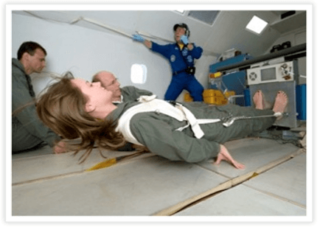
Inspired by NASA-funded research and driven by science and a commitment to improving health outcomes.
64 million Americans at risk of osteoporotic fractures
The Osteoboost therapy regimen consists of a daily 30-minute treatment session. The device’s therapeutic vibration magnitude and daily treatment duration are based on results from a clinical study. The study confirmed that these parameters were safe and effective.
Vibration mimics exercise to improve bone health
Doctors often tell patients that exercise is the most effective way to protect bone strength. Why? The stress on bones that occurs during exercise, known as mechanical loading, causes our bones to strengthen. Increasing this load safely helps bones grow stronger.
Not all exercise is equal. High impact exercise like jogging or jumping jacks is the best way to stimulate our bone’s natural formation process.

Tennis players typically have measurably stronger bones in their dominant arm thanks to the mechanical loading.
Key features
Osteoboost can be seamlessly incorporated into a patient’s busy daily schedule. Patients can integrate their 30-minute treatment session into their activities of daily living. This may involve walking or standing—going for a walk, walking the dog, getting ready in the morning, cooking, and other household chores.
End note
Osteoboost devices will begin shipping on a first-available basis in the next 2–3 months. A special Founder’s Program offer to existing waitlist members has already sold out, and the company is accelerating production to meet the high demand.
Watch The Interview
We spoke to Laura Yecies, CEO of Bone Health Technologies. Yecies has an impressive track record leading groundbreaking innovations in health tech, including OsteoBoost—the first FDA-cleared, non-drug treatment for osteopenia.
View this post on Instagram
References
FRI681 OsteoboostTm Is Effective In Preserving Bone Strength And Density Of The Spine In Women With Low Bone Mass: https://pmc.ncbi.nlm.nih.gov/articles/PMC10555262/
Laura D Bilek 1, Laura E Flores 2, Nancy Waltman 3, Lynn R Mack 4, Kara Smith 5, Derek Hillstrom 6, Meghan Griffin 7, Laura Yecies 8, Michael Jaasma 9
About BHT
Bone Health Technologies is a Redwood City-based healthtech company developing innovative, non-invasive, and science-backed solutions for people with low bone density. Its flagship product Osteoboost, is an FDA-cleared wearable medical device.
Osteoboost is backed by leading investors, including Esplanade Ventures, Terumo Medical Corporation, Ambit Health Ventures, Good Growth Capital, Portfolia, Astia Angels, and Golden Seeds.


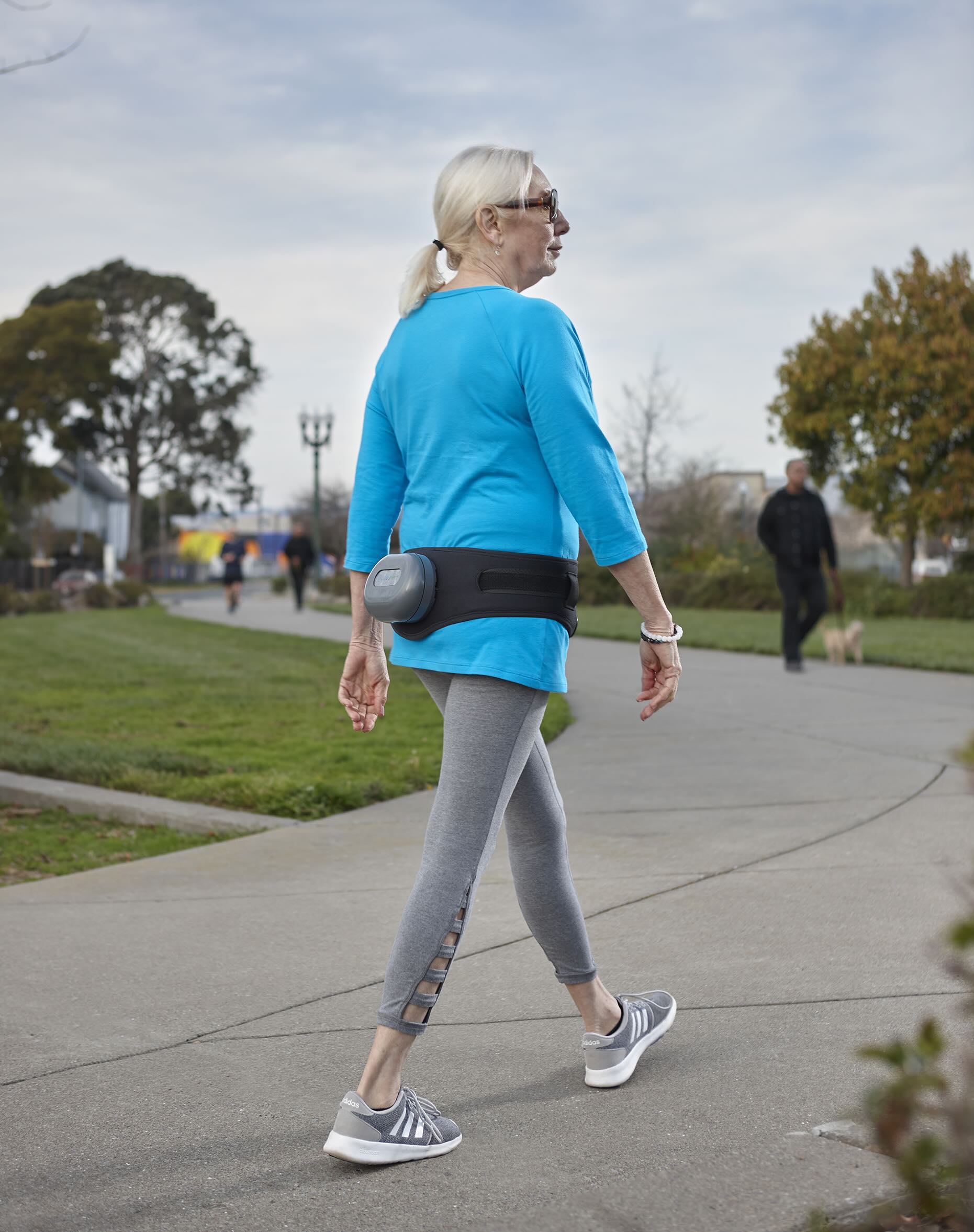
![women [longevity live]](https://longevitylive.com/wp-content/uploads/2020/01/photo-of-women-walking-down-the-street-1116984-100x100.jpg)





